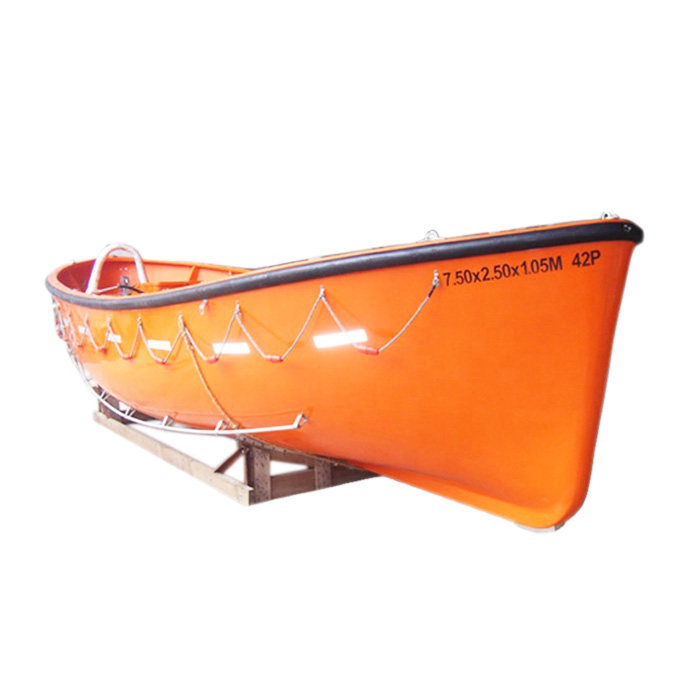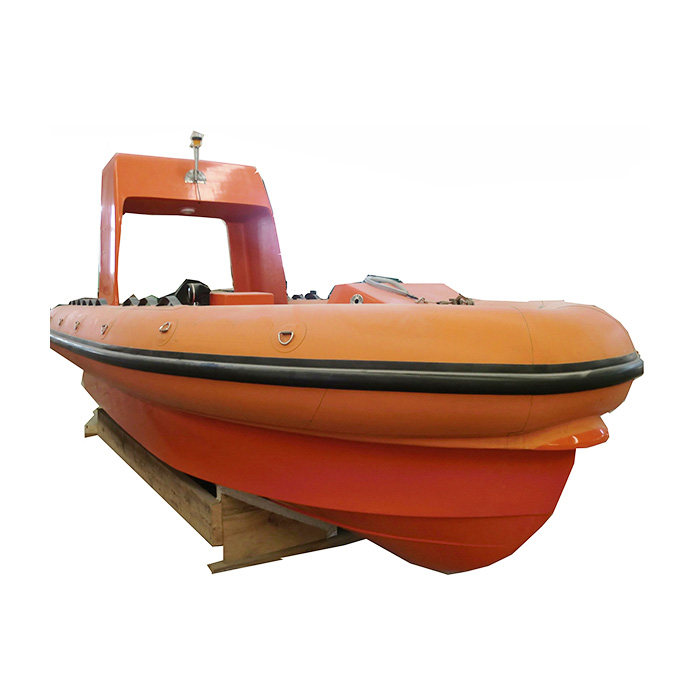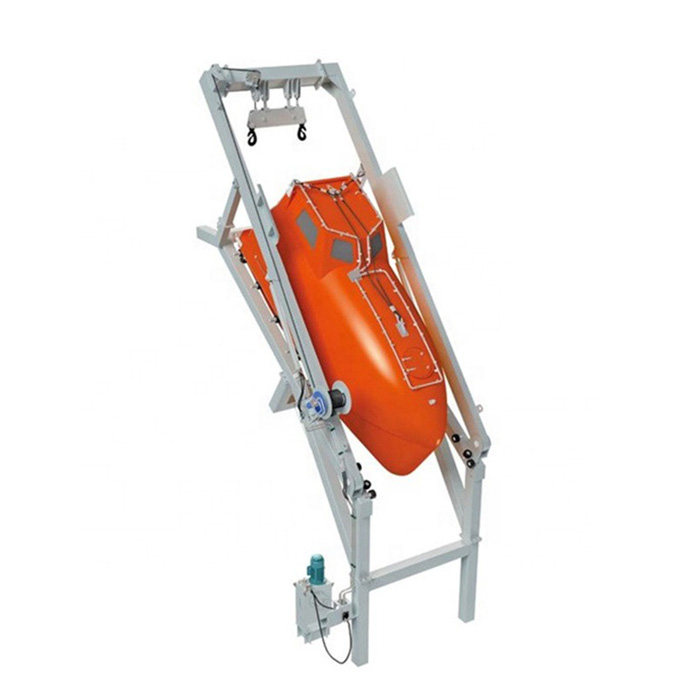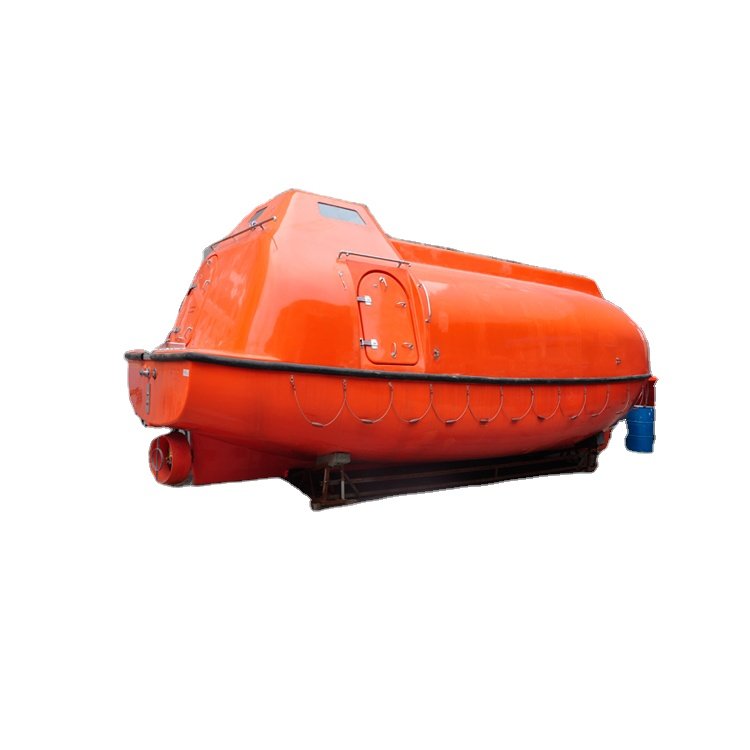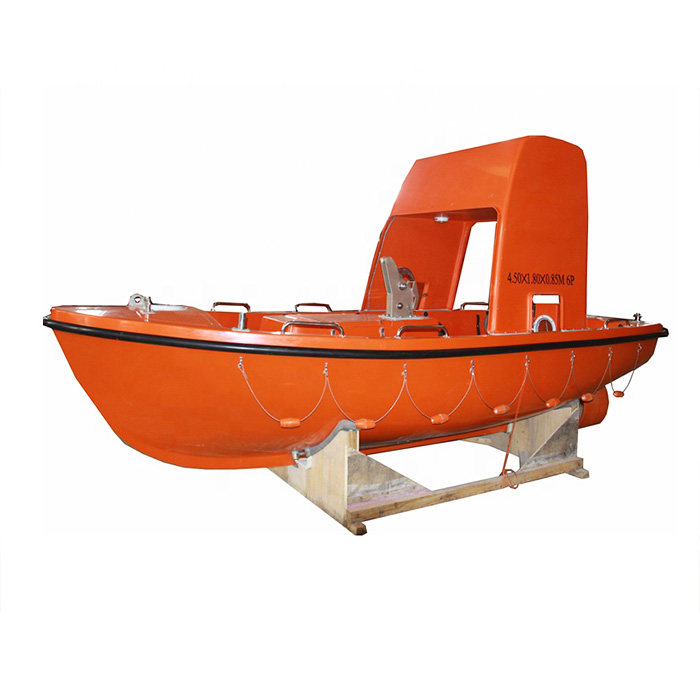How to Enhance Self-righting in Lifeboats
Self-righting is an essential characteristic of modern lifeboats, particularly for military, offshore commercial marine applications that operate in harsh environments. Self-righting lifeboats are designed to be able to return to an upright after a capsizing, greatly increasing survival chances for occupants during severe storms or high sea states. As marine safety standards advance, enhancing the self-righting performance of life boats is a crucial area of research and innovation. This article examines the fundamental principles technologies, and the latest advancements in enhancing self-righting capabilities for lifeboats.
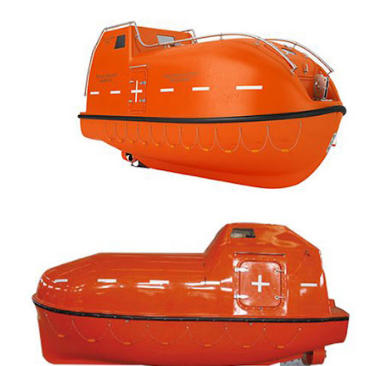
Table of Contents
Why Self-righting Capability is Important in Lifeboats
1. Ensuring Occupant Safety in Extreme Conditions
The principal function of lifeboats is to offer an uninvolved refuge in disasters on the water. In turbulent seas, lifeboats could easily be struck by strong waves or high winds that cause it sink. If it is not self-righting, the passengers may be trapped in the water or thrown into the sea which drastically reduces the chances of survival. Self-righting lifeboats are built to return automatically to a standing position in minutes, ensuring that passengers are in a secure and weather-proofed cabin.
2. Increasing Survival Time During Rescue
Time is a key aspect of survival in the ocean. Self-righted lifeboats can keep its directional stability as well as its structural stability, which makes it much easier for rescue teams to find survivors and help them. If a lifeboat is standing, it makes sure that the communication system such as location beacons, acoustic and thermal insulations are functional greatly increasing the chance of prompt rescue.
3. Protecting Emergency Equipment and Supplies
Lifeboats come with equipment for survival, including first-aid kits, food rations radios, navigation instruments and even fresh water. If a lifeboat gets flipped the equipment could be damaged or unaccessible. Self-righting designs ensure that the interior of the lifeboat remains intact, and all tools for survival are shielded from exposure to seawater mechanical damage, dislodgement.
4. Meeting International Safety Standards
The International Maritime Organization (IMO) and SOLAS (Safety of Life at Sea) have specific safety rules for lifeboats on commercial vessels as well offshore installations. Most of these regulations require self-righting capabilities, particularly for lifeboats that are completely enclosed. This not only guarantees passenger safety, but also shields the shipowners and operators from legal liability in the event an accident.
5. Enhancing Psychological Assurance for Passengers and Crew
In times of emergency the emotional stability of people is as crucial as physical security. Knowing that the lifeboat will instantly recover from capsizing can help lessen the stress of the crew and passengers. This type of psychological security improves the cohesion during evacuation, and helps to ensure a an easier and more calm evacuation from a vessel in distress.
6. Preparing for Harsh and Remote Environments
When it comes to Arctic areas, in deep sea operation and offshore oil rigs are where environmental conditions can be extremely unpredictable and dangerous. Self-righting capabilities are essential in such situations, when the waiting time for rescue could be long and lifeboats have to perform independently in harsh conditions. Self-righting lifeboats are an essential asset for extending the operating range and ensuring safety of marine ventures.
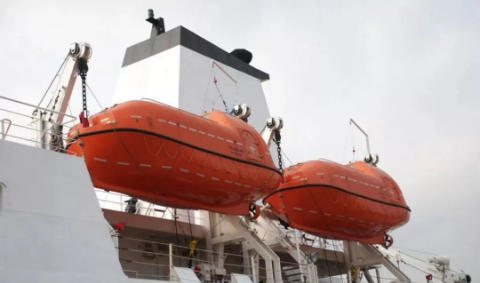
Core Design Principles for Self-righting Lifeboats
The design of a self-righting lifeboat requires careful engineering to ensure that the boat can recover automatically from a capsized position, which is accomplished through a balance of hydrodynamic stability, buoyancy control, weight distribution, and structural integrity.
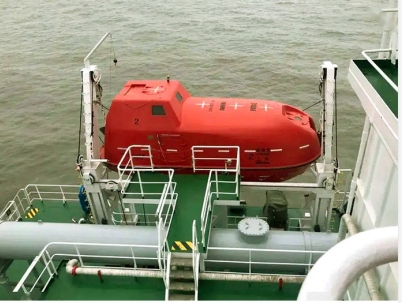
1. Low Center of Gravity for Stability
One of the fundamental aspects of self-righting design is to maintain the lowest centre of gravity (CG). The most heavy components, such as the battery, engine fuel tanks, the engine and ballast are set as low as is possible inside the boat. This makes sure that the gravitational pull remains centered under the level of buoyancy. This creates the natural righting of the boat when the boat is swayed or turned.
2. High Reserve Buoyancy Above the Waterline
In order to generate the force needed to turn the vessel upside down following a capsize, engineers put in high reserve buoyancy into the upper parts in the lifeboat. The hull’s upper and enclosed canopies components are usually made of foam, or made with buoyant materials, allowing them to rise quickly in the event of submersion and to generate enough torque to allow self-righting.
3. Enclosed and Symmetrical Superstructure
Self-righting lifeboats generally have an enclosed superstructure that serves a multitude of functions: safeguarding passengers, ensuring buoyancy, and ensuring an axis. A symmetrical design across the lateral and longitudinal angles ensures that righting is consistent regardless of the direction in which capsizes occur. The canopy is sealed to prevent water from entering, preserving the volume of air inside and buoyancy required to right the boat.
4. Optimized Hull Form for Roll Recovery
The self-righting hull is designed to encourage rapid roll recovery. A semi-rounded or rounded hull cross-section is able to allow for a more smooth and even rotation after the vessel is capsized. The hull’s shape must reduce resistance to the rolling motion, making sure that the vessel can return to its upright position quickly and efficiently, with little energy loss.
5. Controlled Weight Distribution
A well-balanced weight distribution inside the lifeboat is a further important design element. Designers are careful not to place heavy objects close to or on top of the roof, instead concentrating the weight low and in the middle. This helps prevent any top-heavy imbalances that might hinder the righting motion, and ensures that the lifeboat is steady when it is upright and in motion.
6. Use of Buoyant and Impact-resistant Materials
Self-righting lifeboats often utilize materials such as closed-cell polyurethane foam, fiberglass-reinforced plastic (FRP), and marine-grade aluminum in their construction. These materials do not just aid in buoyancy overall, but also shield against impact damage when a vessel is rolled over or rough sea operations. The light weight yet sturdy construction improves both righting and safety.
7. Integration of Ballasting and Dynamic Righting Systems
Modern designs can include dynamic righting aids like Ballast water tanks which move in a controlled manner or gyroscopic stabilizers that react to movement. These features enhance the ability of a boat to return upright, particularly in the face of extreme or unpredictable circumstances. Although not often included in the basic designs, these options are becoming more popular in luxury and lifeboats that are offshore.
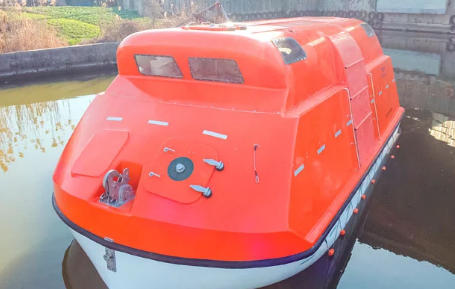
Technological Enhancements for Better Self-Righting Performance in Lifeboats
As the requirements for safety in the maritime environment increase, in response to the harsher sea conditions and expanded offshore operations, the self-righting capability of lifeboats has become a critical life-saving feature. While the traditional design of life boats has relied heavily on the hull’s geometries and buoyancy theories, recent technological enhancements have greatly advanced the efficiency and the reliability of self-righting systems in lifeboats.
1. Advanced Buoyancy Materials
Modern lifeboats incorporate the latest buoyant materials to enhance self-righting behaviors. High-performance closed-cell foams can be found in the canopy and in the upper section of the lifeboat in order to enhance buoyancy in the most critical locations. These foams are lightweight and non-absorbent. They are also resistant to water intrusion, which allows the lifeboat to return to its upright position swiftly following an accident or capsize. Additionally, structural components made of composite materials such as fiberglass-reinforced plastic (FRP) and carbon fiber composites offer both strength and reduced weight, enhancing buoyancy without compromising durability.
2. Hydrodynamic Hull Design Using CFD
One of the biggest advances in lifeboat engineering is the application computation fluid dynamics (CFD) to optimize hull shape to improve righting performance. With CFD modeling, the designers are able to assess how a lifeboat performs in different waves. This approach is based on data and allows precise changes to the curvature of the hull as well as keel shapes and flare angle to guarantee smoother, more consistent rolling and quicker recovery times. These adjustments improve the dynamic and passive self-righting capabilities and are particularly beneficial in uncertain sea conditions.
3. Intelligent Ballast Systems
The traditional ballast system is fixed, and relies on stability. But, modern designs have brought in dynamic or intelligent ballast systems which automatically adjust the weight distribution inside during capsize incidents. Some systems utilize water tanks that drain and fill depending on the angle of the boat and help shift the mass in a strategic manner and generate torque to bring the boat upright. Others employ electronic or mechanically controlled weights for shifting to speed up the righting movement. These systems are especially useful in rough conditions in the sea where passive systems may be unable to cope.
4. Gyroscopic Stabilization Technology
Although not as common and less well-known, gyroscopic stabilization systems are being studied as a way to improve lifeboat righting. They use fast-moving the gyroscopes in order to generate the angular momentum needed to in controlling the vessel’s roll. When properly integrated the gyros provide assistance in the event of a capsize by stopping any unwanted rotation and assisting the lifeboat reorient themselves. Although they are still in the initial stage of marine applications this technology is a great option for high-risk or specialized marine operations.
5. Real-time Orientation and Control Sensors
Modern lifeboats are now equipped with sensors which monitor motion, orientation and the ingress of seawater at a real-time rate. The sensors can detect moments of capsizing and trigger a variety of support mechanisms, including switching ballast, release of compressed air to provide buoyancy aids or warning the nearby teams of rescue. Through the integration of microcontrollers and IMUs (IMUs) lifeboats are able to achieve a certain degree of autonomy management over the self-righting responses which makes them more responsive and stable in the event of an emergency.
6. Simulation-based Testing and Validation
Another significant technological advance is in the validation and testing process. Testing the self-righting behavior typically involved drop tests and scale models. Modern day, full-scale digital simulations enable engineers to recreate extremely harsh sea conditions and capsize situations or internal movements of the mass great precision. The simulations don’t just speed up the process of designing but also show subtle interactions between various systems, which allows for continuous improvement in self-righting performance.
7. Integration with Survival Support Systems
Self-righting technology is becoming increasingly integrated with other systems onboard to increase overall survivability. For instance the righting mechanism is constructed to work without interrupting communications systems as well as heating, ventilation and oxygen flow. This ensures that, even during or after a capsize the lifeboat can continue in its role as a safe safety capsule. The systems are also bolstered with components that resist impact to avoid injuries that could affect the process of righting.
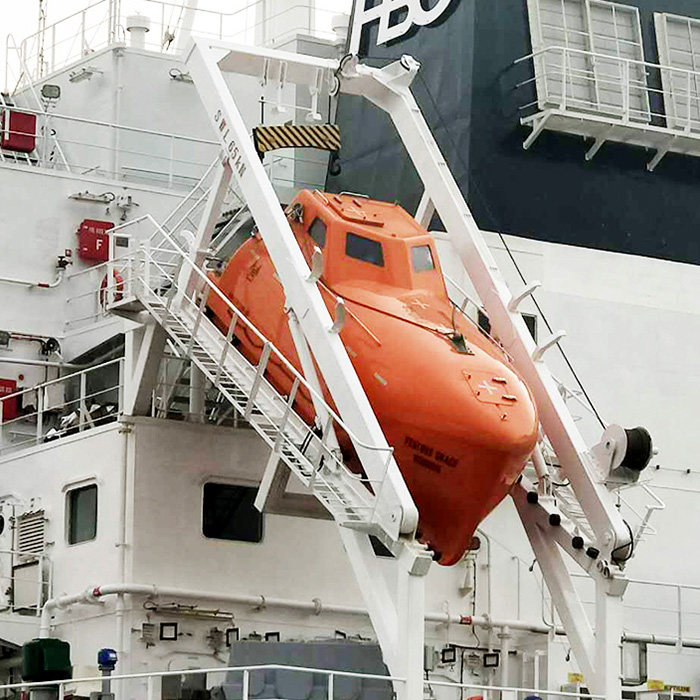
Regulatory Standards for Self-righting Lifeboats
| Standard/Organization | Requirement | Purpose | Applies To |
| SOLAS (Safety of Life at Sea) | Lifeboats must self-right when inverted with manual assistance | Provides for survival in extreme conditions, without aid from outside | Commercial vessels, passenger vessels, offshore platforms |
| IMO LSA Code | Lifeboats enclosed in lifeboats have to be self-righting, or have comparable security features. | The guidelines establish minimum safety requirements for lifeboats utilized in international journeys | All lifeboats that are SOLAS-compliant |
| ISO 15738:2002 | Specificates testing procedures for self-righting ability | Standardsizes the performance tests and acceptance standards | Testing facilities and manufacturers |
| USCG (United States Coast Guard) | Lifeboats must be self-righted on vessels of certain types. | Insures compliance with safety regulations | U.S.-flagged vessels as well as offshore structures |
| MSC Circulars (IMO) | Offers comprehensive guidance on testing and evaluating self-righting designs. | The LSA Code is supplemented by of the LSA Code with technical procedures and assessment techniques | Shipbuilders, equipment designers, classification societies |
| Classification Societies (e.g. DNV, ABS, LR) | You must prove self-righting during the design review and test | Independent confirmation of performance and compliance | All vessels that are classified |
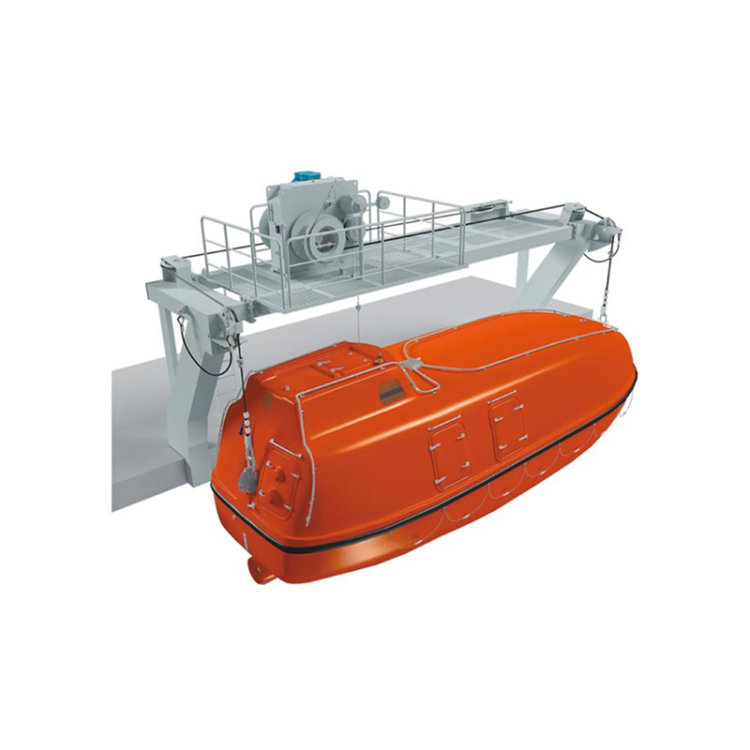
Challenges and Future Solutions for Enhancing Self-righting in Lifeboats
| Challenges | Description | Future Solutions |
| Unpredictable Sea Conditions | Self-righting can fail when there are conditions of cross-seas, rogue waves or in high winds. | AI-optimized hull designs as well as CFD simulations that adapt shape to extreme and fluctuating sea conditions |
| Loss of Buoyancy After Impact or Damage | Structural damage from capsizes or collisions could result in flooding and lower buoyancy. | Self-sealing foams are used as well as damage-resistant composite materials as well as compartmentalized buoyant zones |
| Shifting Internal Load or Passenger Movement | Uneven distribution of the weight inside the lifeboat may cause destabilization of your center of gravity in the rollover | Smart ballast systems, as well as automatic weight distribution technologies |
| Delayed or Incomplete Righting in Some Angles | Lifeboats can fail to self-right effectively if they capsized at certain angles or when they are flipped on flat surfaces | Self-righting mechanisms with omnidirectional directions and the symmetrical hull/canopy arrangement |
| Mechanical System Failures in Emergency Situations | Ballast or righting systems could fail due to impacts corrosion from saltwater, insufficient maintenance | Design of passive systems that have smaller moving parts and less susceptible to corrosion low-maintenance designs |
| Inadequate Real-Time Monitoring or Diagnostics | The lack of information about the orientation of lifeboats or failure points during capsizing limits the ability to take a responsive action. | Integrating real-time sensors with orientation trackers and automated diagnostics |
| Regulatory and Testing Limitations | The current standards might not be able to fully replicate the real-world dynamics of capsizes | Testing protocols and standards for certification to include multi-axis, dynamic capsize scenarios |
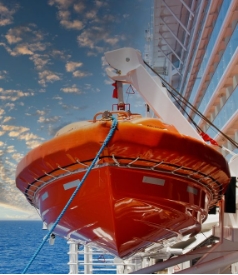
Final Thoughts
Enhancing self-righting capabilities in lifeboats is crucial for marine safety engineering. With a thoughtful design, advanced materials and innovative techniques, manufacturers can construct lifeboats that not only protect against the sea but actively recover from its most violent episodes. As regulations tighten and performance expectations grow, continuous innovation will ensure life boats fulfill their life-saving tasks.


